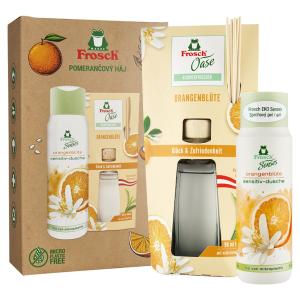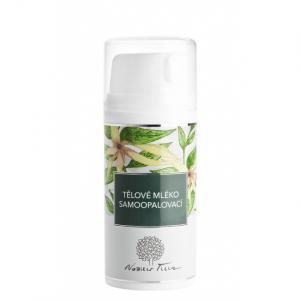Nasturtium officinale (Nasturtium officinale)
Other names: creek cress, white cress, St. Patrick's cabbage, watercress, Radicula nasturtium, Rorippa nastusrtium-aqaticum
Harm score: 1 (Natural substances)
Watercress, also known as brook cress, white watercress or St. Patrick's cabbage, is a worldwide plant belonging to the family of brassicas. It is also known by the English name watercress or the Latin terms Radicula nasturtium and Rorippa nasturtium-aquaticum, among others. It is a perennial, aquatic to wet-loving plant that grows mostly on the banks of streams or rivers, in swamps or other places with plenty of water. Originally native to Europe and western Asia, it is now widespread almost worldwide. Its arching stems are covered with alternate leaves with oval to lance-shaped blades. The flowers of the brookflower are small, white with four petals.
It is mainly used in gastronomy. Its young leaves and stems are very tasty and can be eaten raw, as part of salads, or cooked, like spinach. It is also added to soups, sauces or cheese spreads. Its characteristic, slightly mustardy taste makes it a popular part of various diets. In addition, it is nutritionally very valuable - it contains a large number of vitamins (especially vitamin C), minerals, but also antioxidants. In the past, it was even used in medicine, where it was used to prepare decoctions to treat various diseases. Nowadays, although its medicinal effects are poorly proven scientifically, it is still considered a very healthy food due to its nutritional values.
You won't find this substance in our products. Try the natural, chemical-free products in our range.

Orange grove gift set
Product detail